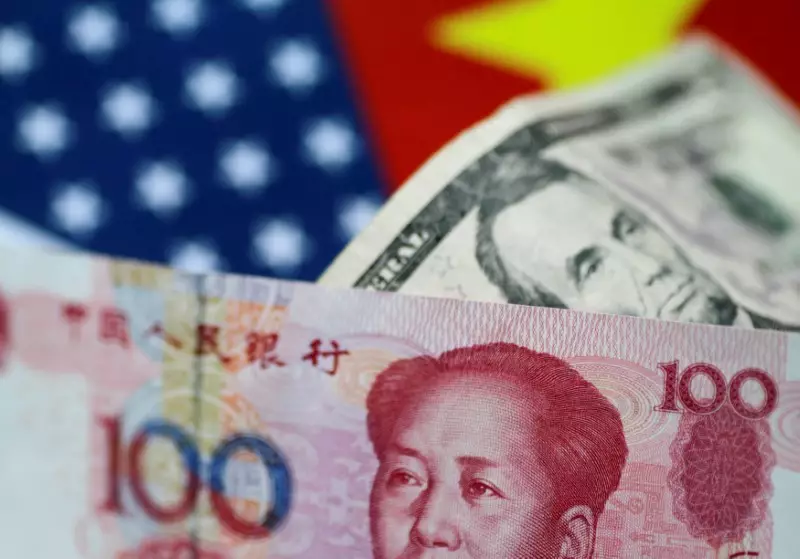As weak Chinese business activity data took center stage on Monday, most Asian currencies struggled to break out of a tight range. The Chinese yuan remained under pressure, with the USDCNY pair hovering around levels last seen in November. The mixed signals from China’s manufacturing sector, with government PMI data painting a bleak picture while private PMI data showed growth, contributed to the overall negative sentiment towards the region. Trade jitters and cooling optimism over stimulus measures added to the selling pressure on the yuan, keeping broader Asian currencies, especially those exposed to China, in a narrow range.
The Japanese yen faced its own challenges, remaining fragile as the USDJPY pair rose to its weakest levels in 38 years. An unexpected downward revision in Japan’s first quarter gross domestic product further dampened sentiment towards Asia. The revision not only highlighted a deeper contraction in the Japanese economy but also raised doubts about the Bank of Japan’s ability to tighten policy. Recent dovish signals from the BOJ have weighed heavily on the yen, with intervention fears looming over the market.
Dollar Retreat Amid Interest Rate Cut Speculation
Meanwhile, the dollar retreated on Monday as speculation on a potential interest rate cut gained momentum. The dollar index and dollar index futures both dropped more than 0.2%, following Friday’s easing in inflation according to PCE price index data. Traders responded by increasing their bets on a 25 basis points rate cut by the Federal Reserve in September, as indicated by the CME Fedwatch tool. All eyes were on more signals from the Fed this week, with Chair Jerome Powell scheduled to speak on Tuesday and the release of the bank’s June meeting minutes on Wednesday.
The uncertainty surrounding Chinese business data and interest rate cut speculation in the US have significant implications for Asian currencies. While the Chinese yuan’s weakness and the yen’s fragility dominate the market sentiment, other Asian currencies are caught in a tight range. The Australian dollar, Singapore dollar, South Korean won, and Indian rupee are all influenced by these broader factors, with their respective exchange rates reflecting the ongoing market dynamics.
The impact of weak Chinese business data and speculation on interest rate cuts in the US have created a challenging environment for Asian currencies. With ongoing uncertainty surrounding trade tensions, economic growth prospects, and central bank policies, investors and traders must navigate through a volatile market landscape. The interplay between these factors will continue to shape the direction of Asian currencies in the coming days and weeks, adding to the complexity of the global financial markets.

